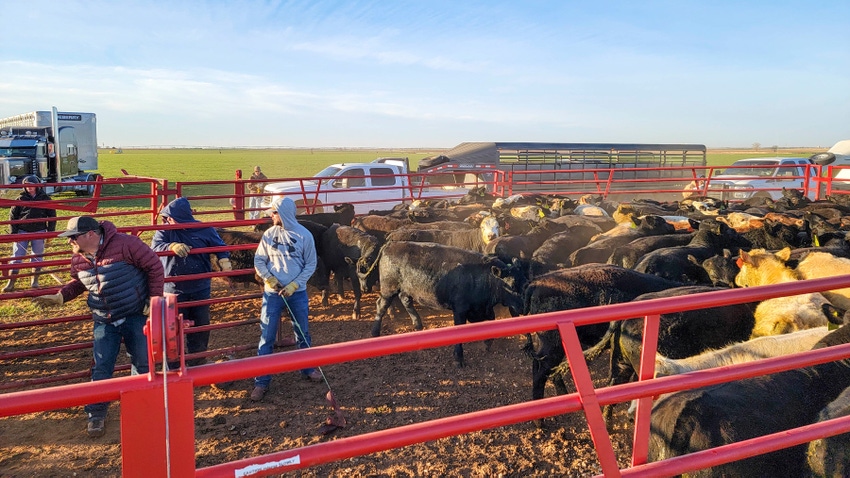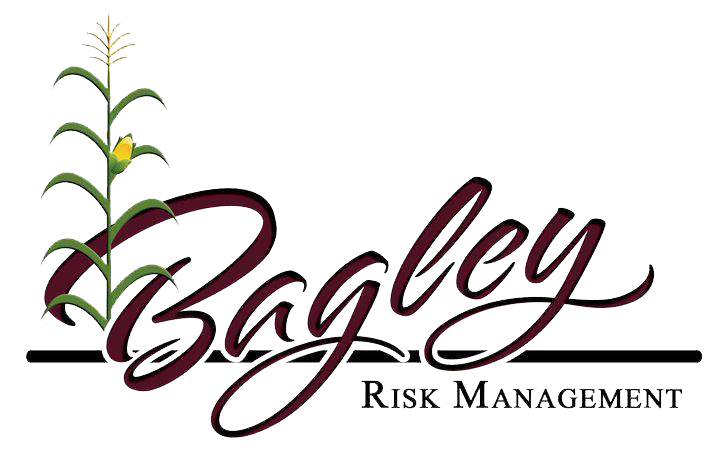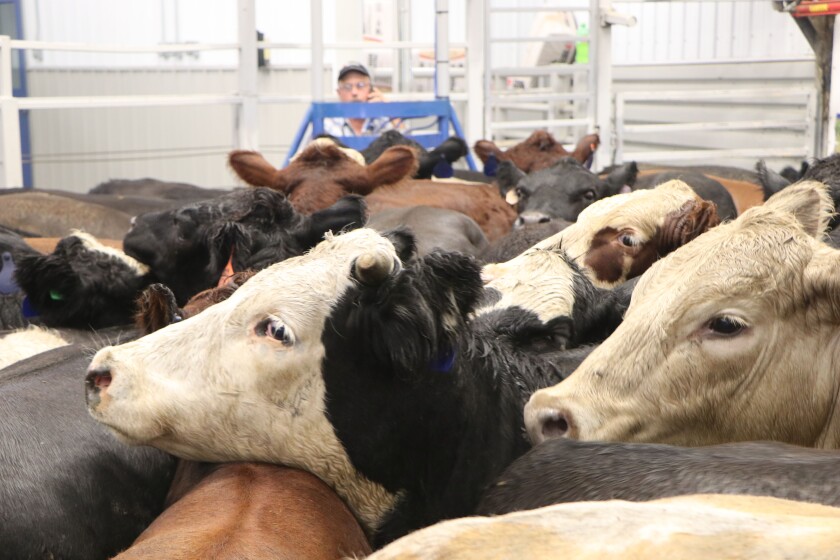Understanding Animals Risk Defense (LRP) Insurance Coverage: A Comprehensive Guide
Browsing the world of animals threat defense (LRP) insurance coverage can be an intricate undertaking for numerous in the agricultural sector. From how LRP insurance functions to the various protection alternatives available, there is much to discover in this detailed guide that can possibly shape the method animals manufacturers approach risk administration in their companies.

Just How LRP Insurance Works
Occasionally, understanding the auto mechanics of Animals Threat Defense (LRP) insurance can be complex, but breaking down just how it functions can offer clearness for farmers and ranchers. LRP insurance policy is a danger administration device made to safeguard livestock manufacturers versus unforeseen rate decreases. It's vital to note that LRP insurance is not an earnings guarantee; rather, it focuses entirely on rate risk defense.
Eligibility and Coverage Options

When it comes to insurance coverage options, LRP insurance coverage provides manufacturers the adaptability to choose the insurance coverage level, coverage duration, and recommendations that finest match their danger monitoring needs. Protection degrees generally range from 70% to 100% of the anticipated finishing worth of the insured animals. Producers can also select coverage periods that straighten with their production cycle, whether they are insuring feeder cattle, fed cattle, swine, or lamb. Endorsements such as cost risk protection can further tailor protection to protect against damaging market fluctuations. By recognizing the qualification requirements and insurance coverage options readily available, livestock manufacturers can make educated decisions to manage risk successfully.
Advantages And Disadvantages of LRP Insurance Policy
When reviewing Livestock Threat Defense (LRP) insurance policy, it is necessary for animals producers to evaluate the benefits and negative aspects intrinsic in this threat management tool.

One of the key advantages of LRP insurance coverage is its ability to give security versus a decline in animals costs. This can help secure producers from monetary losses resulting from market fluctuations. Furthermore, LRP insurance coverage provides a level of versatility, allowing manufacturers to customize protection levels and plan durations to suit their details needs. By locking in an assured cost for their animals, manufacturers can much better take care of danger and prepare for the future.
One limitation of LRP insurance is that it does not protect versus all types of dangers, such as illness episodes or natural disasters. It is critical for manufacturers to thoroughly evaluate their individual threat exposure and monetary circumstance to figure out if LRP insurance is the ideal danger monitoring device for their operation.
Understanding LRP Insurance Coverage Premiums

Tips for Taking Full Advantage Of LRP Benefits
Optimizing the benefits of Livestock Risk Security (LRP) insurance policy requires tactical preparation and positive risk administration - Bagley Risk Management. To maximize your news LRP protection, consider the adhering internet to ideas:
Routinely Assess Market Problems: Stay notified regarding market fads and rate changes in the livestock industry. By keeping an eye on these aspects, you can make informed decisions concerning when to buy LRP insurance coverage to protect versus potential losses.
Set Realistic Insurance Coverage Degrees: When selecting insurance coverage levels, consider your production prices, market price of animals, and potential risks - Bagley Risk Management. Setting sensible coverage degrees makes certain that you are adequately secured without paying too much for unnecessary insurance
Diversify Your Insurance Coverage: Rather than relying entirely on LRP insurance policy, consider expanding your risk administration techniques. Incorporating LRP with other danger monitoring devices such as futures agreements or alternatives can give thorough protection against market unpredictabilities.
Testimonial and Change Insurance Coverage Frequently: As market you can try this out problems transform, periodically assess your LRP protection to guarantee it lines up with your current threat direct exposure. Adjusting coverage degrees and timing of acquisitions can assist maximize your risk security strategy. By following these tips, you can make best use of the benefits of LRP insurance policy and secure your livestock operation against unforeseen risks.
Final Thought
To conclude, animals danger security (LRP) insurance coverage is a beneficial tool for farmers to handle the financial risks linked with their animals operations. By recognizing just how LRP functions, qualification and insurance coverage options, as well as the benefits and drawbacks of this insurance coverage, farmers can make educated decisions to shield their incomes. By meticulously taking into consideration LRP premiums and executing methods to take full advantage of advantages, farmers can reduce possible losses and guarantee the sustainability of their procedures.
Livestock manufacturers interested in obtaining Livestock Danger Security (LRP) insurance coverage can explore a range of eligibility standards and coverage alternatives customized to their particular animals procedures.When it comes to protection choices, LRP insurance policy offers manufacturers the versatility to choose the insurance coverage level, coverage duration, and endorsements that best suit their risk management requirements.To realize the intricacies of Livestock Risk Defense (LRP) insurance fully, recognizing the factors affecting LRP insurance coverage premiums is essential. LRP insurance coverage premiums are established by various aspects, consisting of the protection degree chosen, the expected rate of livestock at the end of the coverage period, the type of livestock being insured, and the size of the protection duration.Evaluation and Readjust Protection Routinely: As market conditions alter, periodically assess your LRP coverage to guarantee it lines up with your existing danger exposure.